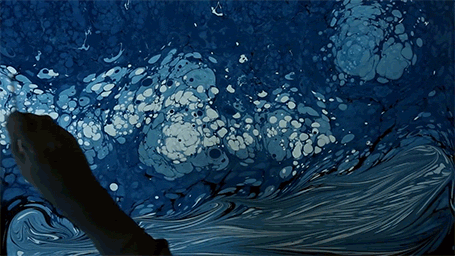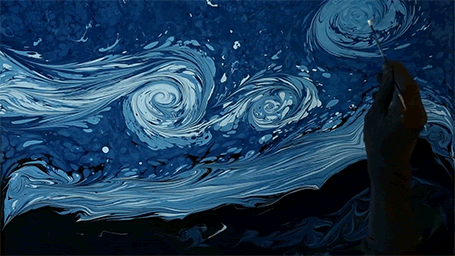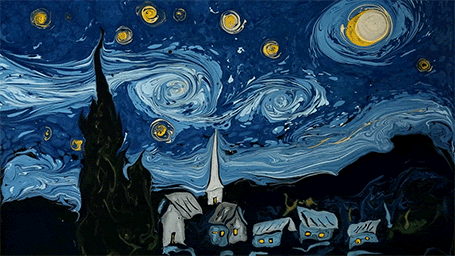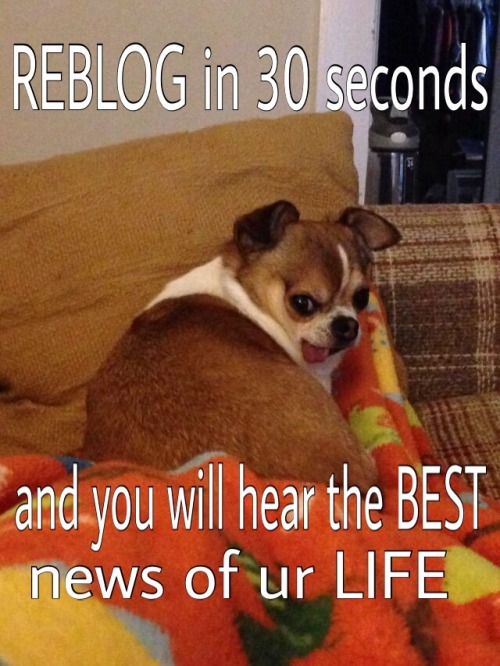(via Rfrostine)

(via rfrostine)
More Posts from Writingwickedwitch and Others
i know we're all sick of self-care being a marketing tactic now, but i don't think a lot of us have any other concept of self-care beyond what companies have tried to sell us, so i thought i'd share my favorite self-care hand out


brought to you by how mad i just got at a Target ad
Tips for people who like to write by hand
So you’re an old timey writer who enjoys the feeling of paper as you breathe life into a story? Or, like me, you can’t use your phone at school and just wants to get some writing done while math class bores the others?
Well, me too and I’ve come to your aid! I’ve done some pretty stupid things that costed me hours and hours of searching for lost scenes and struggling to find ideas I knew I’d written down so you don’t have to!
Find the right notebook for you
By experience, notebooks take a long time to be filled. In good nanowrimo times, I take from 6 to 8 months to finish one. So you’ll be stuck with this guy for a long time. Make sure to pick one that you like and is right for your needs. I, for example, prefer spiral notebooks. You can rip out pages if you need to (if you mess it up, if someone asks you for one, if you just need a page to write down a grocery list or something, etc) and you can put a pen on the spiral. I also like having a pocket to put pieces of ideas I have.
Some spooky stories about having the wrong notebook:
I got stuck with a brochure old planner for two years. My mom didn’t use it in the year it was meant for, so I thought oh, it’s free real estate. As it turns out, it had really small space between the lines, so the pages would take forever to fill, it had all those day and hour numbers and the paper was really thin. It was terrible and it made writing terrible. It would have been a thousand times better if I just spent a few bucks on a regular notebook.
More recently, I started using just the kind of notebook I like, a spiral notebook with a pocket. But I bought it a couple of years ago at a fandom event I attended and the cover was a personalized Divergent cover. At the time, I thought if was pretty cool and everyone would know the reference. But now it has aged so very poorly. The cover has blood all over it and it says “Faction Before Blood”. So now I’m scared to pull it out to write at uni and people will think I’m in a gang or something.
Number your pages
I know, it sounds like a lot of work. But you can get a notebook with pages already numbered, number it yourself or do it like I do and number it every 10 pages (just because it’s easier). If you don’t feel like doing all of this repetitive work, date your writing. It’s cool to see how much you progressed, how long you have been writing this project, when you had this idea, etc. One thing doesn’t have to exclude the other, but both methods serve the same purpose.
And this purpose is to help you get an idea of how much you write (and feel good about your progress) and to help you organize yourself on all you’ve been writing. Which takes us to the next tip.
Make the first page an index
Not only it will take the pressure off the first page, it will also help you so you don’t keep losing the awesome stuff you’re writing and forgetting it exists. Everytime you start a new scene or change projects, go to the index and write down the page or the date you started this new section. Since I number every ten pages, I find the first page with a number on it and start counting forward or back to the new page. But you can do it in any way that suits you.
Make a random idea page
It doesn’t have to be the second page (it usually isn’t for me), but it’s good to have one. Sometimes, in the middle of writing, you have that great idea for something you need to change on what you’ve already got, or you got a completely new insight. It’s good to have your idea page somewhere close you can just flip to, write it down and get right back to writing. And don’t go easy on that page! Write it diagonally, vertically, draw on it, anything. It’s just there to take out those ideas so you can take a look at it another time and not mess the flow you’re in right now.
Keep your enemies close. And your pen even closer!
You know your favorite bic friend? It has a secret weapon just for you to use. That little flap of the cap? Use it to keep your pen always close. I normally put it on the spiral of my notebook. But if you have a brochure, you can put it on the cover. Sometimes it damages it a bit, but it’s a good trade for having it always ready for action. If you use moleskine, I saw that they normally have designated pen places. If they don’t, I have a tip for it just under this one!
Take your time to find which kind of pen is your weapon of choice. Personally, I think nothing beats a black ballpoint pen. I know some people like fineliners for writing, but they make the other side of the paper all gross looking and I like to keep it clean. Plus, I write really small and fineliners often bleed in my handwriting. I took my time searching for my favorite brand and I settled on Molin ballpoint pens.
I would recommend buying your favorite pens in bulk. Nothing is worse than pen hunting around when you have an urgent idea. I bought 50 pens for super cheap and I stack them EVERYWHERE. In all my bags, in my sketchbooks, in my bullet journal, in my writing notebook, in my drawers, anywhere I think it will be easy to find one when I need it ( also giving some to my friends who keep stealing my pens).
Crafting the perfect notebook
You don’t have to be a crafter to modify your notebook to better suit you! Find a ribbon anywhere in the house. Cut it to be a little longer than the book. Tape that bad boy to the inside of the back cover and everytime you stop writing, put that ribbon on the page you stopped. This helps you not to get lost in your previous writing and get right back to business when you resume.
Also, if you really like that moleskine vibe but don’t have the cash, just get a regular clothing elastic, make cut it just the size of the notebook and glue both ends to the inner part of the back cover. There you go! Now you can close it (and keep it closed).
If you like post-its, you can take half of the block (or however many sheets you cant put in there and still close the notebook comfortably) and glue it to the inside part of the cover of your notebook so it will always be conveniently available for you.
If your notebook doesn’t have a place to put your pen on and you really don’t want to mess up the cover, you take a small elastic (smaller than the pen) and tape (or preferably glue it) it to the back part of the notebook with both ends inside. There! Ready for the trip! Speaking of which…
Always carry your notebook with you
You never know when inspiration is going to strike. In class. At the bank. In a mall. Whenever you have a little time, you can write something. Or just take a look at what you’ve done and feel good about it.
Not in the mood for writing? Edit. Reread what you’ve done and start finding what you want to change once you type it in. When doing this, don’t be scared to cross out entire sentences and rewriting them on top. If it starts getting too messy, go to a blank page and rewrite the scene and you think it should have been done the first time. It seems counter-intuitive in a copy+paste kind of age, but I assure you it is worth it.
Typing your work
This is one of the biggest reasons I love writing in pen and paper. When you type, your first round of editing is done!
Don’t zone out when typing. As I said, typing is your first round of editing. It is important to keep aware of all of the things you might have done wrong when writing. Some people say writing it on paper and then typing it is a waste of time. I say it saves time and lives.
Keep it loose!
Just because you are writing in an actual physical book, it doesn’t mean you are writing a actual physical book. This is still your notebook and these are still your notes. So don’t be afraid to get messy. Write things out of order (seriously, it’s okay to not go chronological. i know it’s hard). Outline. Sketch. Tip-ex the whole thing. Get post-its on it. Take notes. Make genealogical trees. Draw maps.
If you’re feeling down or uninspired, try very basic writing exercises: write what you see, what you feel, something to try and make you laugh or something to make someone cry. It’s your place to express yourself. And once you got those creative juices flowing, happy writing :)
I hope you enjoyed my tips and please, feel free to reblog this with your own tips and tricks. I’d love to hear them! And follow me for some more writing content!
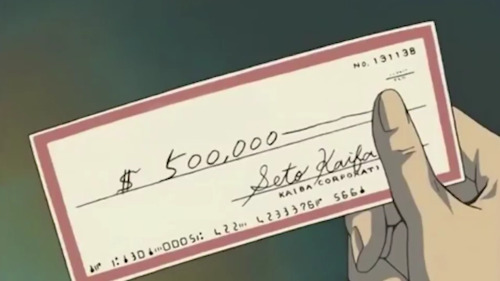
Reblog the 500,000 dollar written check from Seto Kaiba and money will come your way.
Princess Tutu and Grand Narrative

Once upon a time, there was a clumsy school girl granted the power to transform into the magical ballerina Princess Tutu.
“Once upon a time” is a familiar phrase used to connect stories that take place in lands distant and times different from one another into the same fairytale world. Each episode of the anime Princess Tutu begins with this familiar phrase and then proceeds to tell a story both known and new, where Hans Christian Anderson’s Ugly Ducking becomes Odette, the Swan Queen, from Swan Lake, thanks to the magic of the mysterious Drosselmeyer, who bares a striking resemblance to the character of the same name from The Nutcracker. Princess Tutu is not just a retelling of a handful of fairy tales, it’s an adaptation of stories across literature, ballet, opera, and of course, anime. Each piece of Princess Tutu’s narrative belongs to worlds larger than its own. The series challenges paradigms about typical narrative creation by weaving together multiple “grand narratives”.
While working as an editor for Kadokawa Shoten in the late 80s, Otsuka Eiji wrote a paper called “World and Variation: The Reproduction and Consumption of Narrative” in which he explains the idea of the grand narrative. An individual story only gives the audience a small glimpse into that wider world that the story is set in. This wider world is full of countless narratives told from countless perspectives that make up the grand narrative. Eiji uses the Gundam franchise to illustrate this concept where any given episode of the anime is a small snapshot of narrative within the larger universe(s) Gundam takes place in. Eiji explains, “Countless other [stories] could exist if someone else were the main character.”
Everyone is the main character of their own story. But most of these stories that make up the grand narrative of a world are hidden from view. It’s impossible to tell every story at once and have it be comprehensible. Instead we can only consume small bite-sized narratives that give us a snapshot of the (hopefully) interesting parts of a protagonist’s life. But who, exactly, is controlling these smaller narratives? This is a question faced by the characters of Princess Tutu.
The concept of shifting protagonists and expanding the audience’s view into the grand narrative heavily ties into Princess Tutu’s premise. The anime’s story is catalyzed by Drosselmeyer, the author of a fictitious book called The Prince and The Raven. The book’s ending is a stalemate between the titular characters so Drosselmeyer decides to promote the minor character of Princess Tutu to the role of main character to help the story move forward.
As you can probably tell by the name, Princess Tutu is heavily influenced by ballet. One of the show’s more significant influences is Swan Lake. Through the anime’s re-purposing of Swan Lake’s Odette as a magical girl, Princess Tutu continues to uphold ballet’s tradition of adapting the story for its own purposes.

Princess Tutu and Odette
The basic story of Swan Lake is about a prince falling in love with a girl cursed to be a swan from sunrise to sunset by an evil sorcerer. The sorcerer tricks the prince into confessing his love for his daughter, Odile, instead of the swan girl thus dooming the swan girl’s chance at true love and breaking the curse.
Amanda Kennell, an American scholar, outlines in her paper “Origin and Ownership from Ballet to Anime” Swan Lake’s production history and the evolution of the ballet’s narrative. The original staging in 1877 had the story end with the villain going unpunished and the two lovers drowning in a flood. In a revival staging from 1895 the villain was defeated and the two lovers reunited in heaven after throwing themselves into a lake. In a single scene production called The Magic Swan from the 1940s, the iconic “black swan” was introduced setting the precedent for the same ballerina to play the role of Odette and Odile in striking white and black costumes. And finally, another staging in 2006, not only adopted the White and Black Swan motif, but also changed the ending once again so that the prince kills the villain and he and Odette live happily ever after.
Despite each staging of the classic having significant differences, none of the variations are cast away as counterfeits. The value of the production isn’t in how close it is to the original Swan Lake but instead in the relative merit of each variation. In fact, it doesn’t really matter which you consider “the original” where the additions made by each carry their own merit and add to Swan Lake’s grand narrative. In this same regard, it would be acceptable to consider Princess Tutu another variation on the world of Swan Lake’s grand narrative.
There is terminology for this phenomenon in Kabuki theater. Eiji points out in his paper the similarities between the concepts of Sekai (world) and Shukou (plot) from Kabuki theater and his ideas of the grand narrative and the smaller narratives.
In Kabuki, Sekai represents the world a story takes place in and Shukou represents the story that is a product of that world. Each staging of a Kabuki play is its own Shukou derived from either a single Sekai or the mixing of Sekai. What matters in creating a good performance is not necessarily conveying the Sekai but instead the relative merit of the Shukou’s take on things. No performance is exactly the same and different actors bring different strengths to a performance and in turn provide a different experience for the audience’s entertainment. This of course carries over to more art forms than just Kabuki, classic ballet is in a similar position where entire songs are sometimes re-choreographed just to match the strengths of an individual ballerina. Ballet in particular has a long tradition of making minor and major changes to suit an individual performance. Whether it be tweaking choreography or straight up giving the story a different ending. The evolution of Swan Lake’s production is an excellent example of how productions of what are considered to be the same story can dramatically vary.
But Princess Tutu borrows from more stories than just Swan Lake. This brings us back to Kabuki and the idea of mixing Sekai in order to create another Shukou.
Princess Tutu takes pieces of classic stories and rearranges them to create something simultaneously familiar and completely new. Princess Tutu is not forging a new Shukou from only Swan Lake’s Sekai, but instead is connecting the canon of European literature and performing arts together into an even more extensive grand narrative.
Just look at the series’ opening for example, where Swan Lake and The Nutcracker are intertwined with one another as the anime’s titular character is dressed in the ballet costume of Odette and dances to The Nutcracker’s Flower Waltz to simultaneously combine the worlds of two ballets while producing an entirely new moment unique to the Princess Tutu anime.
The anime ends on the implication that if one person tries to control a story and the grand narrative it’s connected to, that person will fail. Princess Tutu is an excellent reminder of how stories are dynamic. Stories end up taking on a life of their own evolving, expanding and being reworked by both creators and consumers.
Eiji explains that once the consumers feel they have a grasp on the grand narrative they are free to produce their own small narratives from it. This is exactly how its creators forged Princess Tutu from the grand narrative of classic literature and performing arts. Just as mangaka can’t help it if a doujinshi adds to the narrative of their original story, Travosky can’t control the new life his ballets have taken on in Princess Tutu. Stories will take on a life of their own, abandon the need for an original and become a part to a larger grand narrative to be consumed and reworked over and over.
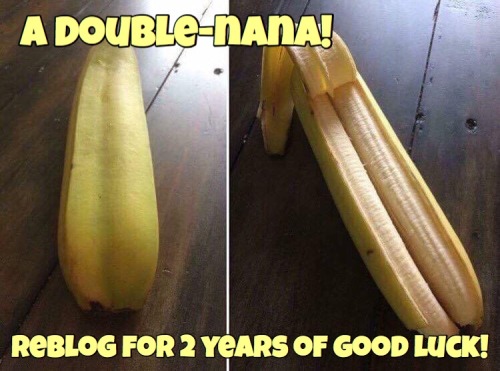
Two years?! I’m in!
-
 meleeringo reblogged this · 2 weeks ago
meleeringo reblogged this · 2 weeks ago -
 heelbit3 liked this · 4 months ago
heelbit3 liked this · 4 months ago -
 annargzv1 liked this · 5 months ago
annargzv1 liked this · 5 months ago -
 horrorifyingcontent liked this · 8 months ago
horrorifyingcontent liked this · 8 months ago -
 pikaroo10 liked this · 1 year ago
pikaroo10 liked this · 1 year ago -
 justremainingmyself liked this · 1 year ago
justremainingmyself liked this · 1 year ago -
 asunnydreamer liked this · 1 year ago
asunnydreamer liked this · 1 year ago -
 dailydoseofideasstuff liked this · 1 year ago
dailydoseofideasstuff liked this · 1 year ago -
 likecottoncandle liked this · 1 year ago
likecottoncandle liked this · 1 year ago -
 zerocolors liked this · 2 years ago
zerocolors liked this · 2 years ago -
 joelthehutt liked this · 2 years ago
joelthehutt liked this · 2 years ago -
 disableddeinosaur reblogged this · 2 years ago
disableddeinosaur reblogged this · 2 years ago -
 fitnessjourney96 reblogged this · 2 years ago
fitnessjourney96 reblogged this · 2 years ago -
 nightfurylover31 liked this · 2 years ago
nightfurylover31 liked this · 2 years ago -
 kattenitrakten liked this · 2 years ago
kattenitrakten liked this · 2 years ago -
 endangeredlaviathen reblogged this · 2 years ago
endangeredlaviathen reblogged this · 2 years ago -
 pickledrain reblogged this · 2 years ago
pickledrain reblogged this · 2 years ago -
 sharp-tongued-goddess liked this · 2 years ago
sharp-tongued-goddess liked this · 2 years ago -
 momoclyde liked this · 2 years ago
momoclyde liked this · 2 years ago -
 missjenca liked this · 2 years ago
missjenca liked this · 2 years ago -
 donutjo reblogged this · 2 years ago
donutjo reblogged this · 2 years ago -
 bladeforest reblogged this · 2 years ago
bladeforest reblogged this · 2 years ago -
 bladeforest liked this · 2 years ago
bladeforest liked this · 2 years ago -
 mischiefmaverick liked this · 2 years ago
mischiefmaverick liked this · 2 years ago -
 mad4turtles reblogged this · 2 years ago
mad4turtles reblogged this · 2 years ago -
 mad4turtles liked this · 2 years ago
mad4turtles liked this · 2 years ago -
 wobg19 liked this · 2 years ago
wobg19 liked this · 2 years ago
22/Bisexual/ Autistic/ ADD/ Dyspraxia/Dysgraphic/ She and her pronouns/ Pagan/intersectional feminist
223 posts






